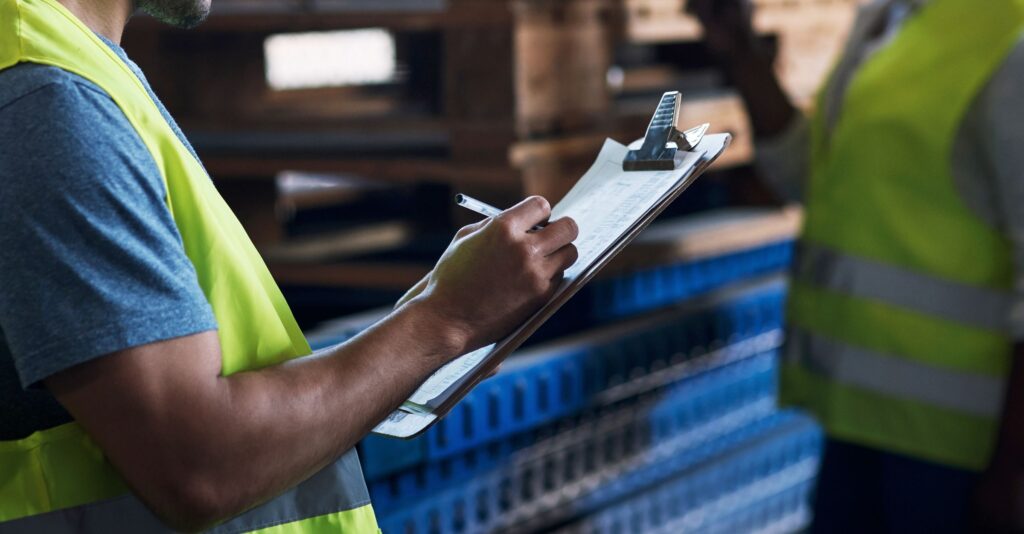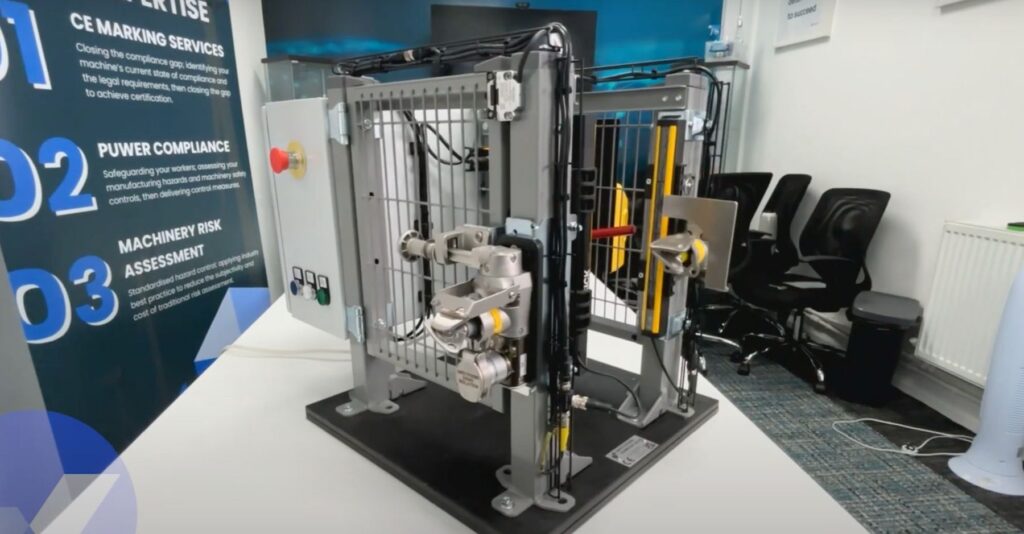Ensuring machinery safety is crucial in industrial operations. It’s not just about ticking boxes—it’s about protecting lives and maintaining smooth operations. Manufacturers must comply with the essential health and safety requirements outlined in Annex I of the Machinery Directive. These requirements guide the design of machinery. However, the requirements in the directive can sometimes be unclear or vague, leading to uncertainty about whether the safety measures in place are sufficient. To clarify this, the European Union (EU) introduced harmonised standards.
Understanding Harmonised Standards
Harmonised standards form the foundation of the EU’s rules for machinery safety. These standards offer clear, specific guidelines that manufacturers can follow to ensure their products comply with the Machinery Directive (2006/42/EC). When a manufacturer follows a harmonised standard, their product is automatically considered to meet the essential safety requirements of the directive. This “presumption of conformity” simplifies the compliance process and enhances the safety of machinery introduced to the market.
By following harmonised standards, manufacturers avoid confusion caused by vague regulatory language. These standards turn the general requirements of the Machinery Directive into clear steps that manufacturers can apply in their designs. This is especially important for complex machinery, where even small mistakes can lead to significant safety risks.
How Harmonised Standards Help with Moving Hazards in Machinery
To see how harmonised standards work, let’s look at a practical example with conveyor belts. Conveyor belts are common in many industrial settings. One critical section of the Machinery Directive relevant to conveyor belts is Annex I §1.3.7, which deals with risks related to moving parts.
This section requires manufacturers to design and build moving parts in a way that prevents contact that could cause accidents. If risks exist, the machinery must have guards or protective devices. However, the directive does not give detailed instructions on how to ensure safety has been achieved. The broad requirement to “prevent risks of contact” is open to interpretation. This is where harmonised standards like EN 619 become essential.
Using EN 619 for Conveyor Belt Safety
EN 619 provides precise instructions on how to control risks from moving parts in conveyors. For example, it specifies that points where moving parts meet fixed parts—often called “nip points”—must have guards. These guards should maintain a maximum gap of 5mm between rotating and fixed components. By following such guidance, manufacturers can confidently say their machinery meets the safety requirements in section 1.3.7 of the Machinery Directive.
Let’s examine how EN 619 helps in real life. Suppose you are designing a conveyor belt for a warehouse that handles parcels. The conveyor has a drive roller that moves the belt, and there are points where the belt meets fixed parts of the machine. These points can pose a risk by pulling in an operator’s fingers or clothing, leading to injury.
EN 619 not only advises you to install guards but also specifies the type of guard to use. It states that the gap between the rotating part (the belt) and the fixed part should be no more than 5mm. This clear instruction removes guesswork, ensuring the machinery you design will be safe and comply with the directive.
By following EN 619, you reduce the risk of accidents and avoid the costly consequences of non-compliance. Additionally, because EN 619 is a harmonised standard, adhering to it gives you the legal protection of the “presumption of conformity,” which can be crucial during an audit or safety inspection.
Finding the Right Harmonised Standards
Finding the right harmonised standards for your machinery is straightforward, thanks to resources from the European Commission. Manufacturers can access a list of harmonised standards through the European Commission’s website. These standards are published in the Official Journal and are updated regularly to reflect new technologies and safety concerns.
To find the standards that apply to your machinery, start by visiting the European Commission’s website and searching for “EU harmonised standards.” This search will lead you to a page where you can download a list of harmonised standards in Excel format.
Once you have the list, search for the standards by their reference numbers or titles. For instance, if you are dealing with conveyor belts, look for “continuous handling equipment”. The Excel file allows you to search through the titles of standards, which is useful if you’re unsure of the exact standard you need.
After identifying the relevant standards, download or purchase the full text of the standard from authorised sources. This will give you all the technical details needed to ensure your machinery is compliant.
The Importance of Harmonised Standards in Ensuring Safety and Compliance
Harmonised standards simplify the compliance process for manufacturers. They provide clear, detailed instructions that turn the broad requirements of the Machinery Directive into specific actions. This makes it easier for manufacturers to design safe machinery and reduces the risk of non-compliance, which can lead to fines, recalls, and harm to a company’s reputation.
More importantly, by following harmonised standards, manufacturers significantly reduce the risk of accidents. Experts in the field develop these standards based on extensive research, real-world testing and industry insight and best practice. This means the safety measures they recommend are proven to be effective in preventing accidents.
Conclusion
In machinery safety, harmonised standards are more than just guidelines—they are essential tools that help manufacturers ensure their products are safe and compliant. By providing clear, specific instructions, these standards take the guesswork out of compliance and reduce the risk of accidents.
At Knox Thomas, we understand the complexities of machinery safety and the importance of compliance with regulatory standards. We work closely with our clients to help them navigate harmonised standards, ensuring their machinery is not only compliant but also as safe as possible.
Whether you are designing new machinery or assessing the safety of existing equipment, harmonised standards should be your first point of reference. By following these standards, you can confidently know your machinery will meet regulatory requirements and protect the health and safety of those who use it.




